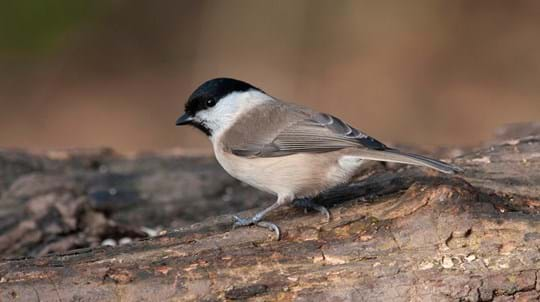
Blog
Why are native woods important for biodiversity?
Karen Hornigold • 21 Jul 2020
Woodland is home to a wealth of wildlife. If we don't protect what we have left and work to create woodlands of the future, we stand to lose more than just trees.
The UK's woodland is home to a wealth of wildlife, from shade-loving plants and delicate fungi, to nesting birds, elusive mammals and rare insects. Ancient woodland in particular supports more species than any other land-based habitat in the UK.
But woodland cover in the UK is one of the lowest in Europe, and as a country we need to do more to increase it to help meet the needs of our wildlife. If we don't protect what we have left and work to create woodlands of the future, we stand to lose more than just trees.
in decline
One third of all woodland wildlife species are in decline.
at risk
One in 10 woodland wildlife species are at risk of extinction.
In its broadest sense, biodiversity is the term used to describe all life on Earth, in all its variety.
In any patch of woodland, fen, grassland or other habitat, there are more organisms - living things both large and microscopically small - present and interacting than you could count.
The greater the range and number of these plant, fungi, microbe and animal species - or the more biodiverse an area is - the healthier an area's ecosystem is considered to be. This is because a more robust and complex habitat can provide the different conditions to suit the special needs of a variety of species.
Having plenty of species present also reduces the chance that pests, diseases, natural disasters and other threats can make a drastic impact on a habitat or area.
Take the current loss we face from the threat of ash dieback: we are set to lose around 80% of ash trees in the UK, and this will have a devastating impact on the landscape and the species that rely on the tree. To mitigate some of the damage, you’d need other species of tree not impacted by the disease to replace the role of ash in the ecosystem.
Biodiversity is critical to our lives, too. Species, and the ecosystems they form, make all aspects of human life possible. We depend on the natural services healthy ecosystems provide for every breath of air and every mouthful of food. Our whole society and agricultural system relies on the biodiversity of pollinators, soil organisms, natural predators of crop pests and many more.
Trees and woodland ecosystems in particular provide clean air, offer protection from flooding, and store carbon - vital if we're to prevent catastrophic climate breakdown. In Great Britain, the value of trees alone for flood protection is estimated to be £6.5 billion.
Biodiversity also enriches our lives. We value the chance to get close to nature, and there's a growing mountain of evidence to show that green spaces are good for our mental and physical well being.
In England, native woods and trees support a fifth of the UK's Priority Species for conservation.
Biodiversity peaks around the equator. We’re pretty far away from that here in the UK, but our landscapes still buzz with life. Rare and biodiverse habitats are dotted across the landscape, from Caledonian pinewood, Atlantic rainforest and other kinds of ancient woodland, to fens, moorland and undisturbed grassland.
The UK is home to thousands of plants, animals and other living things, including:
And new species of invertebrates are still being discovered and described in the UK all the time, just as they are in equatorial rainforests across the globe.
Some plants and animals are able to move between habitats and can survive in a number of conditions. Hedgehogs and foxes for example can adapt well to urban environments.
But species like the dormouse rely on the unique environments found in ancient woodland. A number of beetles, such as the incredibly rare violet click beetle, also need the deadwood of ancient trees in order to complete their lifecycle.
This means that the kind of woodland habitat we protect and create in the UK is important. Non-native woodland plantations can store carbon, but they don’t support as many native species of wildlife.
Oak trees alone support 2,300 species – 326 of which are entirely dependent on oak for their survival.

Blog
Karen Hornigold • 21 Jul 2020
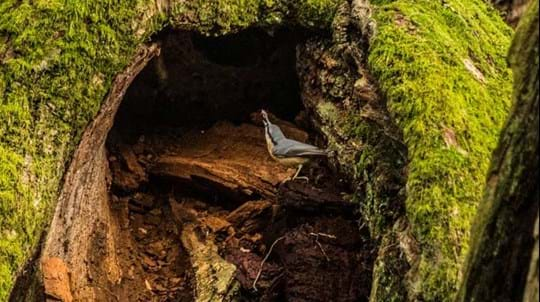
Trees woods and wildlife
Our fantastic oaks support more life than any other UK native tree. Discover which species live and feed on oak, from foxes and fungi to bats and beetles.
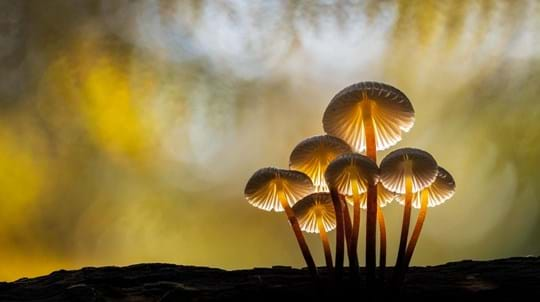
Trees woods and wildlife
Dead and decaying wood is one of any woodland's most important microhabitats. Learn more about why we need more of it, as well as the rare and endangered beetles, colourful fungi and other threatened wildlife that relies on it.
Scientists consider us to be in the midst of a sixth mass extinction, caused by a degradation of ecosystems and loss of species made worse by the effects of climate change.
Across the globe, we have seen a huge drop in biodiversity. Complex habitats that have developed over millennia have been destroyed or harmed by human activity, and those that remain are impacted by factors like pollution. Thousands of hectares of woodland and wetland are built on every year to meet the needs of our increasingly urbanised population.
Wildlife-rich landscapes are also becoming fragmented. In the past, species could move between patches of habitat and colonise new areas. Now, they’re blocked by roads or land reserved for agriculture. Size matters for wildlife, yet 75% of England’s woods are less than 10 hectares in size.
A loss of biodiversity is devastating. Species that have evolved and developed to take part in the complex dance of the natural world can be lost in an instant. This can impact long established food chains, and even the production of our food through the loss of essential pollinators.
That’s how many species are currently on the brink of extinction globally
We want to create landscapes that work for both wildlife and humans. Planting trees for climate change is vital, but how we plant those trees can re-establish the biodiversity of UK landscapes.
Planting outside of woods and letting areas of land regenerate naturally creates vital habitat as well as corridors that help wildlife spread across the landscape.
By campaigning and lobbying government, we protect the irreplaceable and vulnerable habitats at the heart of the UK’s biodiversity.
There is an urgent need to make small woodlands bigger and connect them within networks of other nature-friendly habitats. In this way can we begin to reverse the collapse of biodiversity and create the opportunities for species to adapt.
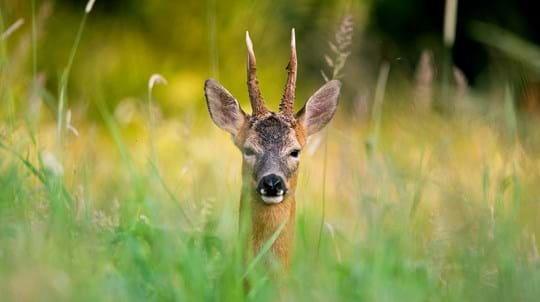
Trees woods and wildlife
Explore our species guides to the wildlife that depends on woods and trees, from plants and fungi to mammals, birds, bees and beetles.
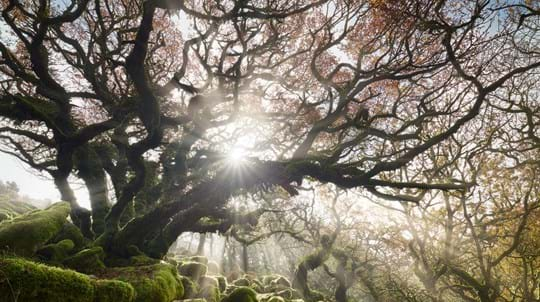
Plant trees
Whatever your reason for planting, trees have far-reaching benefits for all of us.
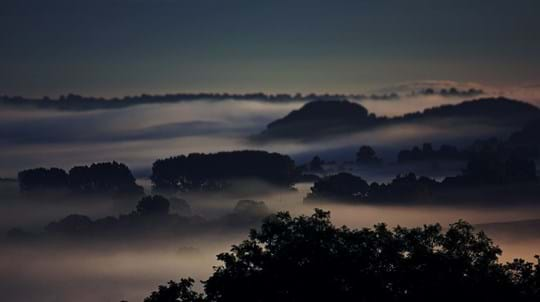
Trees woods and wildlife
Trees are one of the best natural climate change solutions. Find out how they lock up carbon and how many the UK needs to reach carbon net zero by 2050.

Trees woods and wildlife
Trees and woods play a vital role in reducing flooding by slowing down the flow of rainwater, absorbing rainwater, and reducing erosion.
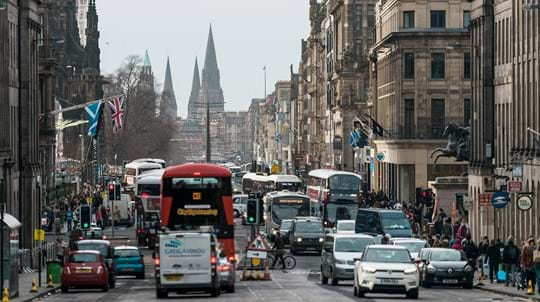
Trees woods and wildlife
Air pollution can have a serious impact on our health, global climate and biodiversity, but trees can help.
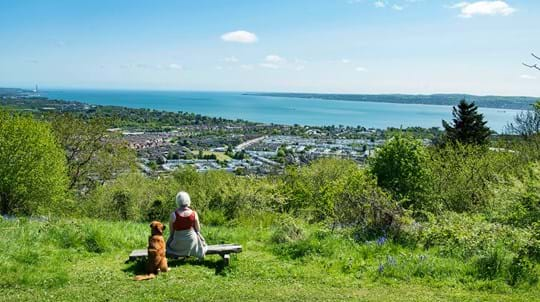
Protecting trees and woods
They green our cities. They clean our air. They fight the effects of climate. They even increase property values. Find out what they do for people, wildlife and the economy.

Trees woods and wildlife
Along with improving our quality of life, woods and green spaces can help make us physically and mentally healthier.